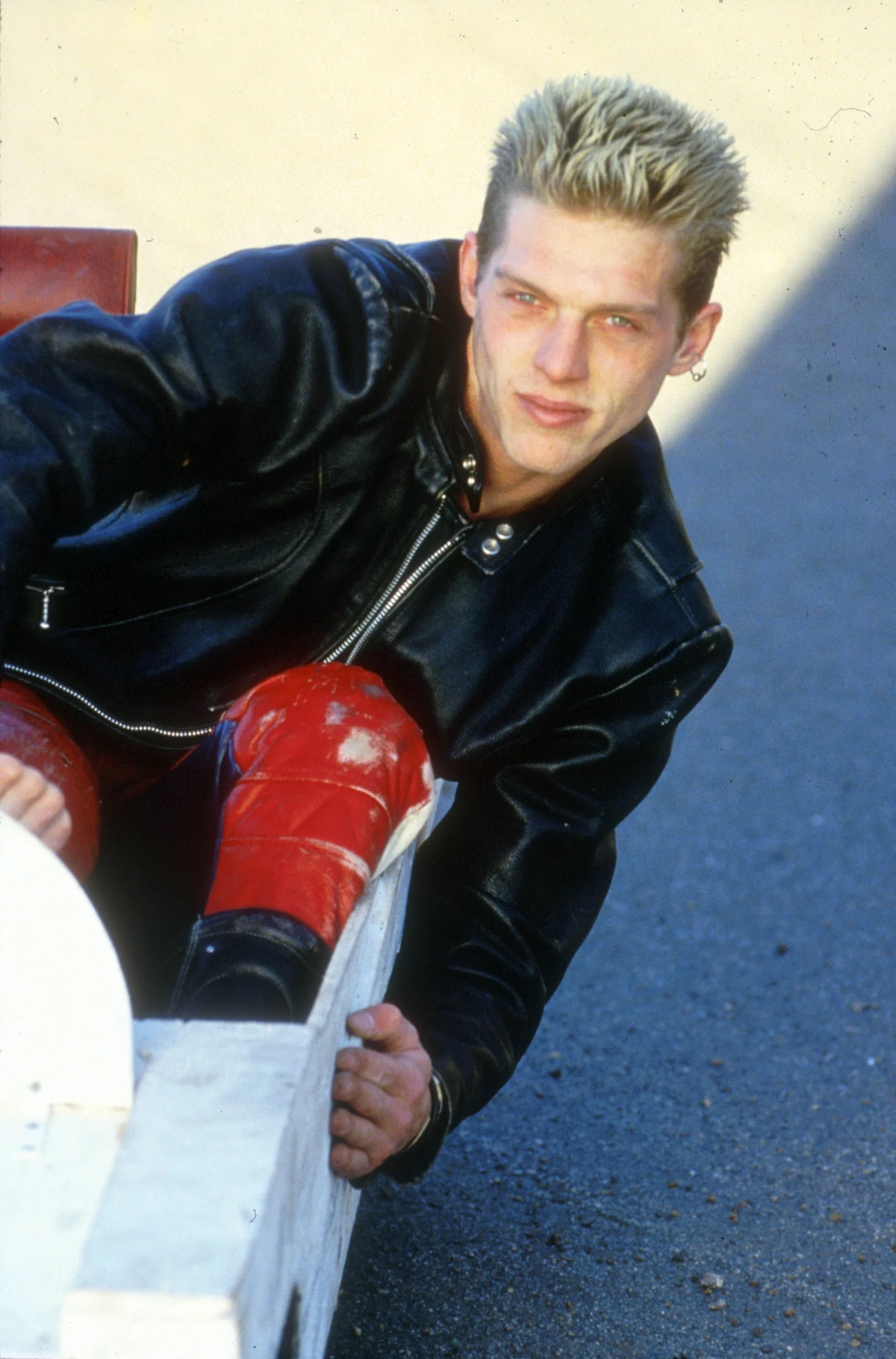For many sports enthusiasts, the term "puck real world" may evoke curiosity and intrigue. This phrase brings together the excitement of ice hockey with real-world applications, creating a unique blend of sports culture and everyday life. Understanding the significance of the puck in the real world opens up an exciting dimension of sports appreciation, transcending traditional boundaries. In this article, we delve into the fascinating world of pucks, exploring their origins, significance, and impact on modern society.
The puck is more than just a piece of vulcanized rubber used in ice hockey games. It represents the essence of a sport that has captivated millions around the globe. The term "real world" adds depth to this understanding by connecting the puck's role in sports to its broader implications in technology, entertainment, and even business. As we explore this topic, we aim to provide a comprehensive guide for both casual fans and dedicated enthusiasts.
This article aims to demystify the concept of puck real world, offering insights into its history, technical aspects, and cultural significance. Whether you're a die-hard hockey fan or simply curious about the intersection of sports and real-world applications, this content is designed to enrich your understanding. Let's dive in and discover what makes the puck so special in today's world.
Read also:Ceelo Green Super Bowl 2024 The Ultimate Guide To His Performance Style And Impact
Table of Contents
- History of the Puck
- Puck Construction and Materials
- Physics Behind the Puck
- Technology in Modern Pucks
- Puck in Pop Culture
- Business Aspects of the Puck
- Environmental Impact of Pucks
- Role of Pucks in Sports
- Future of Puck Technology
- Conclusion and Call to Action
History of the Puck
The journey of the puck dates back to the early days of ice hockey. Before the invention of the modern puck, players used wooden discs or even frozen cow dung to play the game. The evolution of the puck into its current form was driven by the need for consistency and safety. The first official rubber puck was introduced in the late 19th century, revolutionizing the sport.
Over the years, the puck has undergone several modifications. Initially, pucks were handmade and prone to inconsistencies. However, advancements in manufacturing processes have led to the creation of uniform and durable pucks that meet international standards. This section explores the historical milestones that shaped the puck as we know it today.
Evolution of Puck Materials
From natural rubber to synthetic alternatives, the materials used in puck production have evolved significantly. Modern pucks are made using advanced vulcanization techniques, ensuring they withstand the rigors of professional play. Below are some key developments:
- Early pucks made from wood or frozen materials
- Introduction of natural rubber in the 1800s
- Development of synthetic rubber for enhanced durability
Puck Construction and Materials
Understanding the construction of a puck is essential to appreciate its role in the game. Modern pucks are meticulously engineered to meet specific requirements, including weight, size, and bounce. The standard puck weighs approximately six ounces and measures three inches in diameter.
The manufacturing process involves precise temperature control and pressure application to ensure consistency. Each puck undergoes rigorous testing to guarantee it meets the standards set by governing bodies like the NHL. This section delves into the technical aspects of puck production and highlights the importance of quality control.
Key Components of a Puck
- Vulcanized rubber core
- Uniform weight distribution
- Smooth surface for optimal glide
Physics Behind the Puck
The behavior of a puck during gameplay is governed by the principles of physics. Factors such as friction, momentum, and angular velocity play crucial roles in determining how a puck moves on the ice. Understanding these dynamics helps players improve their skills and strategize effectively.
Read also:Two Pink One Stink Golf Glove The Ultimate Guide For Golf Enthusiasts
For instance, the friction between the puck and the ice affects its speed and trajectory. Skilled players manipulate these variables to execute precise passes and shots. This section explains the scientific principles underlying puck movement and highlights their relevance to the game.
Factors Influencing Puck Movement
- Friction and ice conditions
- Momentum and inertia
- Angular velocity and spin
Technology in Modern Pucks
Advancements in technology have transformed the humble puck into a sophisticated piece of equipment. Modern pucks are equipped with sensors and tracking systems that provide real-time data during games. These innovations enhance the viewing experience for fans and offer valuable insights to players and coaches.
For example, the NHL's "smart puck" technology allows broadcasters to display puck speed, location, and trajectory on-screen. This level of detail enriches the audience's understanding of the game and elevates the overall experience. This section explores the latest technological developments in puck design and their impact on the sport.
Applications of Smart Puck Technology
- Real-time data analytics
- Enhanced broadcasting capabilities
- Improved player performance analysis
Puck in Pop Culture
Beyond the rink, the puck has become a symbol of ice hockey's cultural significance. It features prominently in movies, TV shows, and merchandise, cementing its place in popular culture. The iconic image of a puck is often associated with teamwork, perseverance, and passion for the sport.
This section examines the role of the puck in various forms of media and its influence on public perception. From collectible items to artistic representations, the puck continues to inspire creativity and innovation. We also explore how the puck serves as a unifying symbol for hockey communities worldwide.
Examples of Puck in Media
- Films like "Mystery, Alaska" and "The Mighty Ducks"
- TV shows featuring hockey themes
- Merchandise and memorabilia
Business Aspects of the Puck
The puck is not only a vital component of the game but also a significant contributor to the hockey industry's economy. From manufacturing to marketing, the puck plays a crucial role in generating revenue for businesses involved in the sport. Companies invest heavily in research and development to create innovative products that meet market demands.
This section analyzes the business side of the puck, including production costs, pricing strategies, and distribution channels. We also discuss the impact of global trends on the puck market and highlight opportunities for growth in this sector.
Key Players in the Puck Industry
- Major manufacturers and suppliers
- Marketing and promotional strategies
- Global distribution networks
Environmental Impact of Pucks
As awareness of environmental issues grows, the hockey community is increasingly focused on reducing the ecological footprint of the sport. Pucks, being made from rubber, pose challenges in terms of sustainability and waste management. Efforts are underway to develop eco-friendly alternatives and recycling programs.
This section examines the environmental impact of pucks and highlights initiatives aimed at promoting sustainability in the industry. By adopting greener practices, the sport can contribute positively to global environmental efforts while maintaining its traditions.
Sustainable Puck Solutions
- Recycling programs for used pucks
- Development of biodegradable materials
- Partnerships with environmental organizations
Role of Pucks in Sports
While the puck is most commonly associated with ice hockey, its influence extends to other sports and activities. For example, puck-based games like floor hockey and roller hockey have gained popularity worldwide. These variations allow people to enjoy the thrill of puck play without requiring an ice rink.
This section explores the diverse applications of pucks in sports and recreational activities. We also discuss the benefits of these adaptations in promoting inclusivity and accessibility within the sports community.
Alternative Uses of Pucks
- Floor hockey and roller hockey
- Training tools for aspiring players
- Educational programs for youth
Future of Puck Technology
The future of puck technology looks promising, with ongoing research and development driving innovation. Advancements in materials science, data analytics, and artificial intelligence are expected to further enhance the capabilities of modern pucks. These developments will not only improve the game but also create new opportunities for engagement and interaction.
This section speculates on potential breakthroughs in puck technology and their implications for the sport. By embracing cutting-edge solutions, the hockey community can continue to push the boundaries of what is possible with the puck.
Predicted Innovations in Puck Design
- Smart sensors for advanced tracking
- Self-healing materials for extended durability
- Augmented reality integration for immersive experiences
Conclusion and Call to Action
In conclusion, the puck represents much more than just a piece of equipment in ice hockey. It embodies the spirit of the sport, connecting players, fans, and communities worldwide. Through its rich history, technological advancements, and cultural significance, the puck continues to evolve and inspire. Understanding the concept of puck real world offers valuable insights into the intersection of sports and modern life.
We encourage readers to engage with this content by sharing their thoughts and experiences in the comments section. For those interested in learning more, explore our other articles on sports and technology. Together, let's celebrate the enduring legacy of the puck and its impact on our world.


